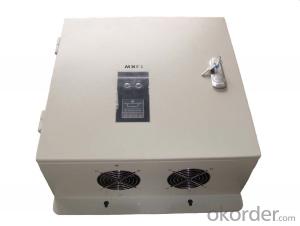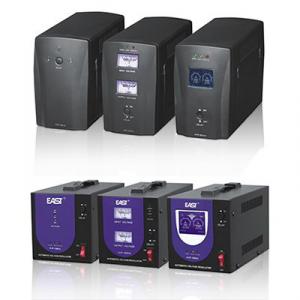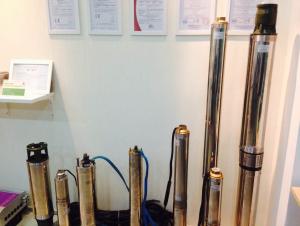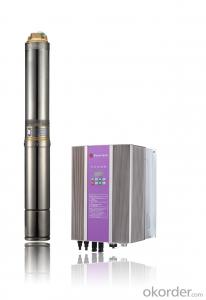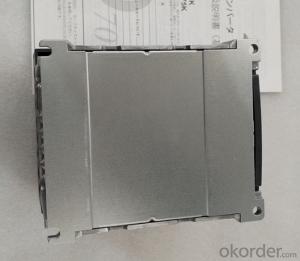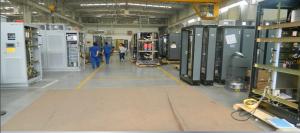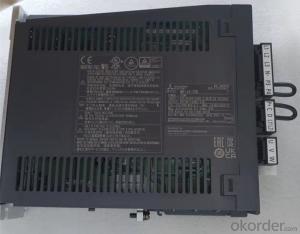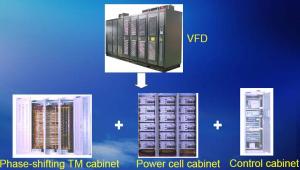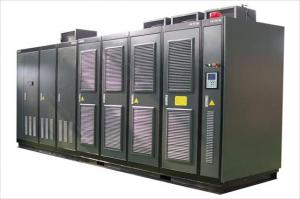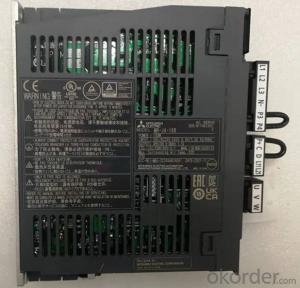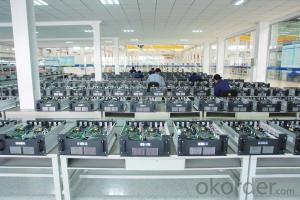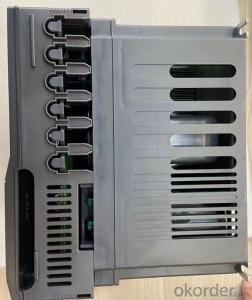Solar Abb Inverter
Solar Abb Inverter Related Searches
Abb Solar Inverter Abb Solar Power Inverter Abb Solar Panel Inverter Abb Hybrid Solar Inverter Abb Solar Pump Inverter Abb Solar Water Pump Inverter Abb Solar Inverter Price Solar Pump Inverter Abb Abb Solar Inverter App Fimer Abb Solar Inverter Abb Solar Inverter Wifi Abb Solar Inverter Business Abb Solar Inverter 100kw Abb 3 Phase Solar Inverter Abb 10kw Solar Inverter Abb Uno Solar Inverter Abb 5kw Solar Inverter Abb Solar Inverter 5kw Abb Solar Inverter Warranty Abb Solar Inverter Fimer Abb Trio Solar Inverter Solar Ac Inverter Ac Inverter Solar Aps Solar Inverter Abb Solar Inverter Manual Solar Power Ac Inverter Solar Solar Inverter Abb Solar Inverter Price List Aps Solar Micro Inverter Alpha Solar InverterSolar Abb Inverter Supplier & Manufacturer from China
Solar Abb Inverter is a type of solar power inverter that plays a crucial role in converting the direct current (DC) generated by solar panels into alternating current (AC) that can be utilized by electrical appliances and fed into the power grid. This product is designed to optimize the efficiency of solar energy systems, ensuring that the energy generated by solar panels is effectively utilized.The Solar Abb Inverter finds its application in various scenarios, such as residential rooftops, commercial buildings, and large-scale solar power plants. It is an essential component in solar energy systems, as it helps in managing the power flow and ensuring that the energy generated is safely and efficiently used. This product is particularly beneficial in areas with high solar insolation, where the potential for solar energy generation is significant.
Okorder.com is a reputable wholesale supplier of Solar Abb Inverter, boasting a large inventory of this product to cater to the needs of various customers. The company is committed to providing high-quality solar inverters at competitive prices, ensuring that customers can access reliable and efficient solar power solutions. By partnering with Okorder.com, customers can be assured of receiving top-notch Solar Abb Inverter products that meet their specific requirements and contribute to a sustainable and eco-friendly energy future.
Hot Products






